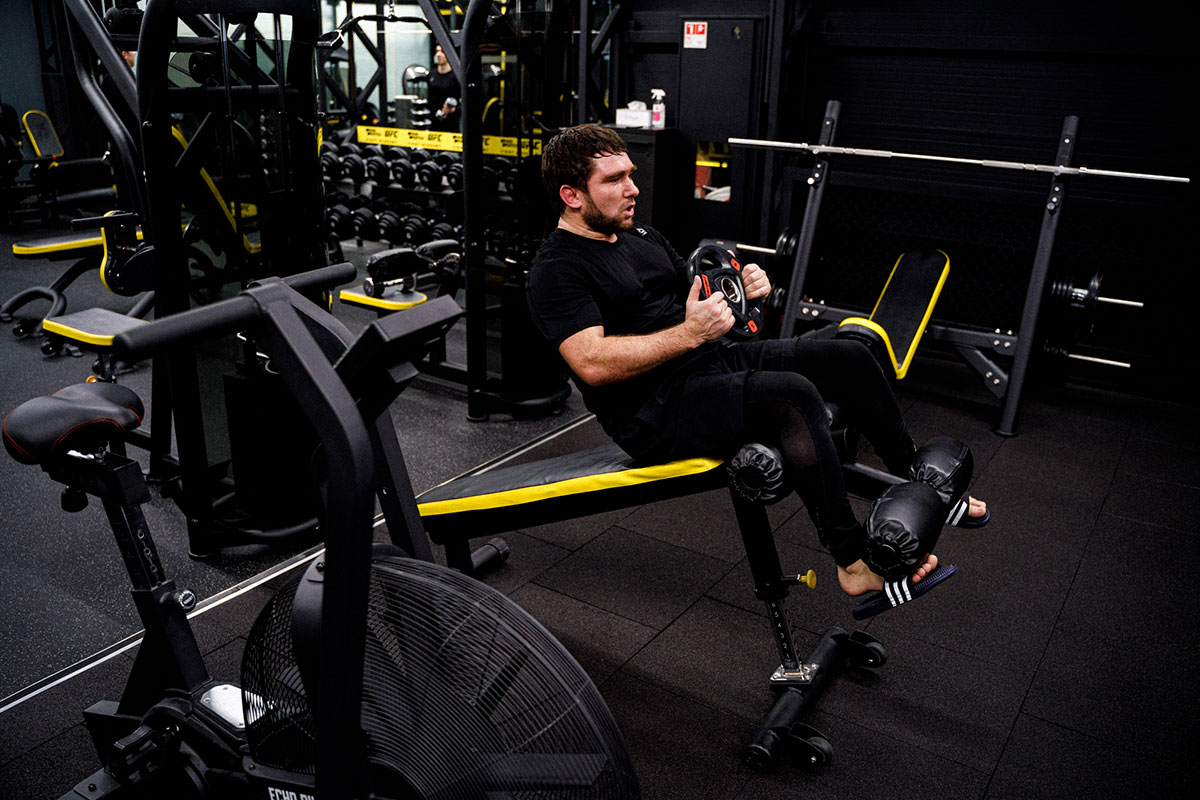People tend to set goals for themselves. Many of them even look quite realistic. However, too often, for one reason or another, people can’t reach them. To date, researchers have found out why this happens and identified strategies for achieving success.
Determining the importance of goals
You will certainly not deviate from the planned path if you constantly remind yourself of the reasons for its importance. Let’s say, for example, that the threat of osteoporosis led you to decide to start a strength training program. Then a very powerful motivator for you will be the desire to increase bone density and prevent their fragility, not to mention the desire to avoid a hump. Who would like to go to the hospital regularly with broken bones, especially if there is a real possibility to avoid it. In addition, you can do strength training because you want to look better and live each day more energetically. Specific reasons should be completely individual and clearly tied to your life.
Whatever inspires you, it will be the key to continuing your strength training. Remind yourself of all the benefits that you can enjoy as a result of continuing your program. Stick a statement of your goals (and what they can do for you) on your refrigerator, desk, or computer monitor. Put good role models of what you want to achieve in a prominent place. After years of research, the best way to maintain motivation has been discovered. It consists in frequently reminding yourself of the possible benefits and negative consequences of deviating from your plans.
Smart Goal System S. M. A. R. T.
People who use a system with this abbreviation (see the definitions in the list below) are much more likely to succeed. In essence, this system consists of small, concrete steps towards a specific goal and focuses on gradually changing your habits.
It’s very simple. When setting goals for your training sessions, you need to make sure that they meet the following criteria::
- Specific. If you’re having trouble working out all the time, set a specific goal that isn’t too confusing and general. For example, make it your goal to complete the entire strength training program by the end of each week.
- Measurable. A goal is called measurable when you can objectively determine whether it has been achieved or not. For example, such a goal may be to train at least twice a week for at least 25 minutes.
- Achievable. If you usually find it difficult to find a free hour for strength training, you should not plan an hour-long workout. Instead, set yourself a more achievable goal that is consistent with your work schedule. For example, it can be two training sessions of 25 minutes each.
- Reasonable. If you’re having trouble working out twice a week, don’t set a goal to work out three times. First, learn how to set aside time for two workouts, and then go further. If it’s too difficult for you to organize even two sessions a week, start with the goal of one workout and build on it. Remember once and for all that you don’t have to reach all your training goals in the first month.
- Urgent (Timed). Always set yourself a certain time limit for achieving your goals. For example, if you want to work out at least 25 minutes a week at least twice a week, immediately indicate that you want to achieve this within two months. If you think two months is too long, start with a one-month goal.
According to research, fifty percent of people tend to deviate from a new training program within the first six weeks. However, research also shows that it only takes about eight weeks for a new behavior to become a habit. So know that once you’ve completed the first eight weeks of continuous training, your chances of successfully achieving your goals and staying in shape for life will increase significantly.
Don’t forget that everything happens in life. If you accidentally lose your way, don’t waste your precious time whipping yourself with negative thoughts. Just calmly think about what prevented your regular training, use the experience to your advantage and start the program again. An ancient Chinese proverb says “ ” Even a journey of ten thousand li begins with a single step.” This wisdom applies to your workouts, too. Just keep moving forward and believe in yourself.
Main training goals
All necessary information on achieving goals is available in thematic sections:
- Gaining muscle mass
- Fat Burning (relief)
- Losing weight
- Increase in strength
- Endurance
- Appearance and beauty
Means of achieving goals:
- Nutrition and diets
- Sports nutrition
- Training
- Sports Pharmacology
Getting the necessary support
If you find it difficult to continue working on the program alone, consider hiring a personal trainer to support you.
Find ways to enlist the support of friends, family, work colleagues, and training partners. Research shows that social support is the most important factor in helping people stick to a particular training program. Share your goals with people close to you who care about you, but beware of those who might lead you astray. Let people understand how important your training is and why you want to succeed. Tell them what benefits you expect to achieve and show your gratitude to those who help you succeed.
Choosing a training goal
Read the main article: How to create a training program
As one smart person said, ” If you don’t know where you’re going, you’ll probably end up in the wrong place.” In other words, until you set a single, well-defined goal for your training program, it is unlikely that you will be able to properly plan your loads and get a good result.
I constantly hear people who start training say: “My goal is to be huge, very strong and naturally with good terrain.” Does this sound like what you want? Then I’ll upset you: these are three different tasks, and it is better to work on each of them separately. You can’t do three things well at once. To get the most out of it, you need to focus on one main goal for a while.
Why can’t we do everything togethe
Trying to work on mass and terrain at the same time is inefficient. You need an excess of calories to keep your muscles growing. Its value depends on your body type, metabolic rate, and overall fitness, but the bottom line is that you need to get more calories than you expend to build muscle. Fat burning requires the opposite: a caloric deficit. You have to spend more energy than you get.
Nutrition affects the result of any type of training. If you don’t eat the right food to achieve your goal, then the best programs and sports supplements in the world won’t help. I’ll say it again: to build muscle, you need an excess of calories. To burn fat, you need a lack of calories. That’s all. I admit that it is possible to gain a little muscle while losing a little fat, but not for long and only if you do everything perfectly.
You won’t be able to work on force and terrain at the same time, either. Strength is more determined by the efficiency of the nervous system than by the size of the muscles, so it would seem that this is a more appropriate combination than mass/terrain. But it’s not that simple. Competing powerlifters and weightlifters usually increase their results when they gain weight, and lose in total when they lose weight. Something to think about. If you really want to set a personal strength record, then do not try to lose weight in parallel.
The last combination, mass and strength, looks good at first glance. However, training to promote maximum muscle growth is still different from strength training, which involves more work to improve the efficiency of the nervous system. Of course, strength training can add muscle, but you need to understand that this increase is not as great as with special weight training. So you better choose the main task at the moment (to become prominent, strong or huge) to build your program to achieve this goal.
When you decide on the program’s goal, you will have to devote enough time to it. For example, what happens if you work on mass for 4 weeks, and then abruptly turn 180 degrees to work on terrain for the next 4 weeks? You have a great chance to achieve nothing.
Muscles grow slowly. In reality, you can add anywhere from 100 to 800 grams of muscle mass per week, so at best, during your “mass-gathering” cycle, you will “pump up” a whole kilogram of muscle. You won’t need to go to the store for new clothes.
Be prepared to spend at least 8 weeks working on your Goal. Better – 12. This does not mean that you will always train according to the same program, but all your programs during this period should be focused on solving the same problem.



